13 Aug Best Black and White films for travel photography
Best Black and White films for travel photography
So, you’ve bought your beautiful film camera and are ready to take a trip to give it a jolly good work out. Now you need to feed it with Kodak, Ilford or Fujifilm’s finest offering. So what are the best black and white films for travel photography? Going online to Amazon or one of the many photographic stores that sell film can leave you bewildered. So many brands to choose from? What ISO do I need? How many rolls should I buy? If I buy too many will they keep for next year’s trip? Still need to find a camera? Check out our guide.
Fear not. We will lead you out of the quagmire of all these issues. We will also address the questions of what hot weather does to film and even whether x-rays affect it.
Decide on an ISO
Let us start our film buying journey by deciding on what ISO to get.
This is where you need to ask yourself some searching questions. What will the weather be like – sunny, bright, dark, overcast or maybe you’ll even be doing night-photography? Will the subject be moving or stationary – candid, landscape, cityscape people, animals etc?
All these questions will help you decide what speed ISO you require the bulk of your film to be.
If you are from a digital background then you’ll find black and white films don’t have the same ISO range you might be used to. The majority of films come in 50, 125 and 400 ISO with a few at 3200. We can always adjust the ISO with development techniques (‘push’ or ‘pull’ the film) but that is a story for another post.
If in doubt take a range of film. Remember that unless you have 2 film camera bodies you will have to change film when you need to change ISO so it is sometimes wise to buy rolls in 24 exposures rather than 36.
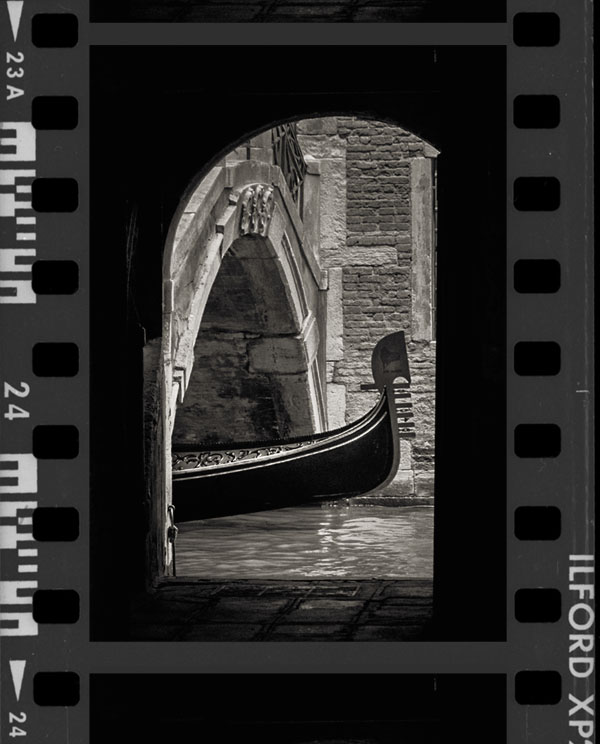
Black and white film for travel photography in Venice on contact sheet
So how many rolls?
In many countries, it’s exceptionally difficult to buy Black and White film now, so take more than you think you will need. Remember it’s not digital, so take your time to compose each image before pressing the shutter button. You will be surprised how few images you actually take compared to digital but you will be even more surprised at the high number of amazing photographs you create. Still not sure about Black & White? Check out what we suggest makes a good black and white photo.
Brands
This is where we come to personal preference. Different brands have different characteristics (looks) so experiment before you go. Completely new to all this? See our guide on how to load film into a camera.
For example Kodak Tri-X has a candid photojournalism and grainy look while Ilford Pan F 50 ISO is excellent for fine grain landscapes. Ilford FP4 125 ISO is a good all rounder.
Of course while the film has a ‘look’, its character changes with different developer chemicals (as well as printing paper and toning chemistry, if you’re not going to go hybrid and scan the negs to your computer).
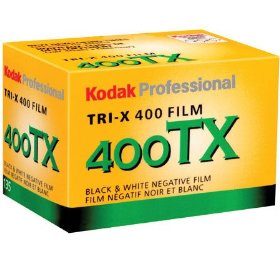
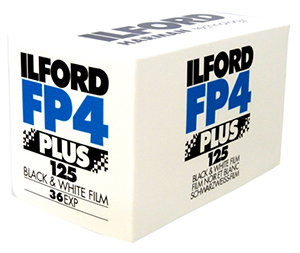
Here are some more of the more popular black and white films for travel photography
Kentmere – Kentmere is produced by Harman who also produce Ilford. It was always seen as the budget option.
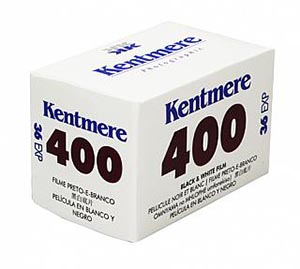
Rollei RPX – the new Agfa APX fine grain film. They bought the Agfa technology when Agfa went bankrupt.
Rollei Retro 400s – high contrast fine art film – has an IR layer so cuts through haze well. Also ex Agfa technology.
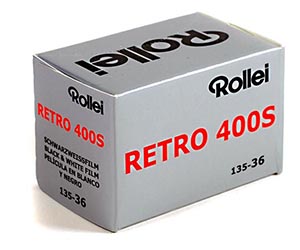
Agfa APX – Lupus, who now sells Agfa, bought trademark but not technology. It’s not the original Agfa and not as good as the original either.
Kodak Tri-X 400 – unique grain characteristics with a good tonal range.
Kodak T-MAX 100 and 400 – T grain structure rather than classic or cuboid grain structure – for people who don’t like grain.

Kodak T-MAX P3200 – low light grainy film
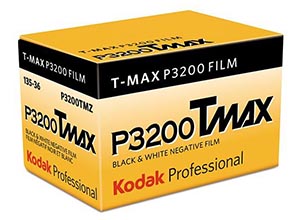
Ilford XP2 super – process with a colour processing called C41. Any D&P lab can do it.
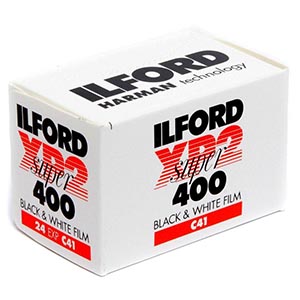
Ilford Delta 100 and 400 – not T grain but similar results.

Ilford Delta 3200 – low light grainy film.
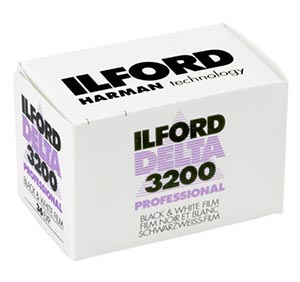
Fujifilm Neopan Acros 100 – High quality traditional Black and white films.
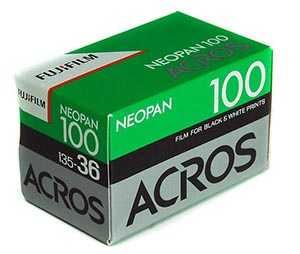
Fujifilm Neopan 400CN – Processed in C41 chemistry likeIlford XP2.
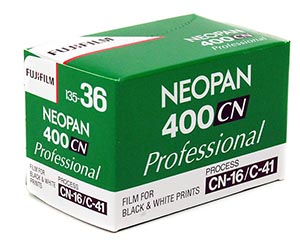
For something totally different try out Ilford SFX 200. This film has an extended red sensitivity which by using a deep red filter can make the sky go almost black, and green vegetation almost white. For more effects you can get with filters, see our 5 essential filters for black and white photography.
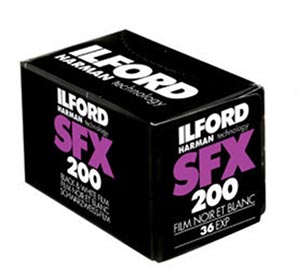
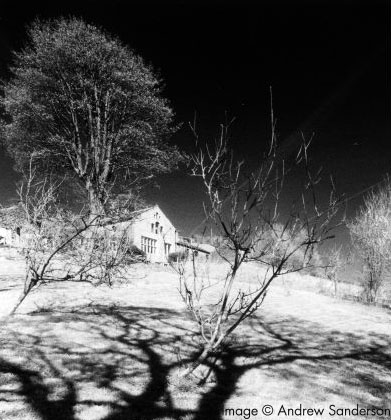
Where to buy these films.
In the UK we use AG-Photographic or Amazon. For the rest of the world we suggest Amazon or a local traditional photographic specialist.
Do we have a preference for the best black and white films for our travel photography? Well, we are rather partial to Ilford FP4 for 125 ISO all round photography. For lower light situations, we tend to use HP5 by Ilford 400 ISO. We are also very fond of Kodak Tri-X as it is 400 ISO and very flexible (forgiving for under and over exposure) It also has a beautiful film grain so loved by old school photojournalists the world over.
Will the weather affect my film?
The answer is yes. Hot weather will slowly increase the ISO of your film.
The geeky explanation: When film is manufactured it is done at a specific ISO. This is usually lower than the stated ISO on the box as the manufacturers know that the film will receive heat before it gets loaded into your camera. This could be from the shipping in a hot container to the country for sale, or could be from sitting in a hot shop or warehouse. To compensate, the manufacturers make the film at a lower ISO than stated. They just guess (albeit an educated one) what it will be when it reaches the camera after “cooking” in the heat of normal shipping.
If you are traveling to a very hot climate with a lot of film it is recommended that you keep your film in a cooler bag to stop the ISO increase. When I used to shoot film professionally we used to buy film marked pro. This wasn’t just a marketing ploy. The pro film was made and shipped at its stated ISO and then kept in a fridge (or frozen) to make sure the ISO did not rise.
The only way around the ISO problem if you are being very accurate (read picky) is to develop one roll to see if the film is under or over exposed due to ISO ageing. Then you can adjust the development time of all the rest to compensate. Just make sure all the films are from the same batch.
Should this keep you up at night worrying about your films exposures? No. Most people won’t even notice the ISO difference.
Will X-rays affect my film?
Yes. Every time your film is x-rayed it is exposed a tiny amount. One or 2 x-rays won’t really make too much difference. If you are country hopping through multiple x-rays you could always ask the airport security to hand check the film. Remember that some security personnel are nicer than others and it always helps to smile and ask politely as they don’t have to do it. The higher ISO films will be more affected than the lower ones.
Once again don’t worry too much about this. Most people probably won’t notice the difference.
Let us sum this up now
What are the best black and white films for travel photography? They all are. It just depends on your own requirements but these are a few suggestions to get you going.
Experiment with a few brands and types before you go, to see what your personal preference for the film characteristics are.
Before you start putting tons of film into your Amazon basket take a moment to decide the percentage of high, normal or low light situations you might encounter.
Take more film than you think you need. Keep it cool in a fridge or mini bar at the hotel and the excess should last you till your next trip. You can always keep it in the fridge at home.
Most importantly – just enjoy the whole photographic creation process.
And if you’re not ready for the move over to film yet, check out our guide on converting colour to black and white digitally!


No Comments